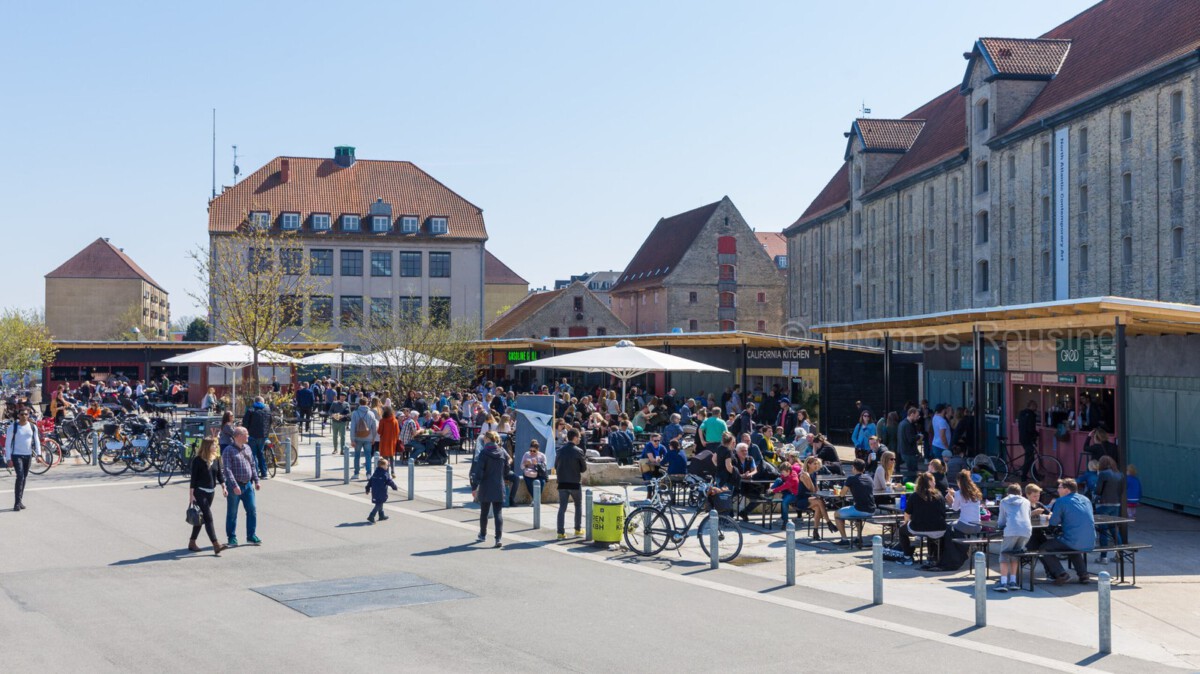A Split-Second Decision Leads to Devastation (Image Credits: Unsplash)
Kansas City, Missouri – Amid the rush of a typical afternoon commute, what started as a minor lane change exploded into a deadly confrontation that shattered a family forever.
A Split-Second Decision Leads to Devastation
Imagine cruising down a familiar road, minding your own business, when someone cuts you off. Most folks take a deep breath and move on. Not this time. On a day last month, 20-year-old Laken Logan spotted what he called a swerve into his lane by another driver. Instead of letting it slide, he chose to tail the car and force a face-off.
The victim, 57-year-old Cleveland Wright, wasn’t out for trouble. He and his wife were simply wrapping up grocery deliveries, a job they took on to stay active and connected. Wright pulled over at an intersection in the Northeast Industrial District, probably expecting just a quick chat. Logan pulled up too, and things escalated fast. A single shot rang out, ending Wright’s life right there on the spot.
Police reports paint a grim picture. Logan didn’t flee immediately. He stuck around long enough to admit what he’d done, telling officers in chilling words that he’d killed a man who didn’t deserve it. That confession became the first thread in unraveling the whole tragic mess.
Who Was Cleveland Wright?
Cleveland Wright lived a quiet, hardworking life in Kansas City. At 57, he was a grandfather, or “pawpaw” as his grandkids called him, always ready with a smile and a helping hand. Delivering groceries wasn’t just a gig for him; it was a way to spend time with his wife and contribute to the community.
Friends remember him as the guy who’d stop to chat with neighbors or lend tools without a second thought. His sudden death left a void, especially for his family who now grapples with the loss during what should have been routine errands. Wright’s story hits hard because it could happen to anyone just going about their day.
The Suspect’s Side of the Story
Laken Logan, barely out of his teens, now faces serious charges including first-degree murder and armed criminal action. Court documents reveal he followed Wright’s vehicle for several blocks, fueled by that initial frustration on the road. When they stopped, Logan approached with a gun already in hand.
His admission to police stands out as particularly haunting. Logan didn’t deny the act; he expressed regret almost immediately, saying the victim hadn’t earned such a fate. Yet actions speak louder, and prosecutors argue this was no accident but a deliberate choice born from unchecked anger.
At just 20, Logan’s life now hangs in the balance as the legal system takes over. Bail was set high, reflecting the gravity of the charges. His background details remain sparse, but the focus stays on the irreversible harm caused.
How Police Cracked the Case
Investigators moved quickly after the shooting on September 27. They turned to modern tools that turned the tide. Traffic cameras captured key moments, showing Logan’s car trailing Wright’s from the start.
A breakthrough came from Wright’s vehicle tracker, pinpointing the route and confirming the pursuit. Combined with witness statements and Logan’s own words at the scene, it all pointed straight to him. Within days, authorities had enough to make the arrest.
This case highlights how technology aids justice in urban chaos. Without those cameras and data logs, the story might have dragged on unresolved. Logan’s capture brought some closure, though nothing erases the loss.
Road Rage: A Growing Threat on Our Roads
Road rage isn’t new, but incidents like this remind us how dangerous it can get. In Missouri alone, aggressive driving contributes to hundreds of crashes yearly. Simple stressors like traffic jams or close calls often ignite tempers.
Experts point to factors that amp up the risk:
- Heavy congestion in growing cities like Kansas City.
- Easy access to firearms, turning arguments deadly.
- Stress from daily life spilling over into driving habits.
- Lack of awareness about anger management on the road.
- Social media echo chambers that normalize aggressive behavior.
Still, prevention starts with us. Taking a moment to breathe or avoiding tailing suspicious drivers can save lives. Wright’s death serves as a stark warning against letting frustration take the wheel.
Impact on the Community and Beyond
Kansas City’s tight-knit neighborhoods feel this loss deeply. Vigils popped up soon after, with locals sharing stories of Wright’s kindness. His family launched a fundraiser to cover funeral costs, drawing widespread support.
The incident sparked discussions at city hall about beefing up traffic safety measures. More signage, awareness campaigns, and even dash cam incentives are on the table. It’s a push to make roads safer before another family suffers.
Broader lessons emerge too. Road rage claims lives across the country, often over trivial disputes. This case might just fuel change, turning grief into action for better roadways.
In the end, Cleveland Wright’s story underscores a painful truth: one heated moment can destroy everything. We owe it to victims like him to drive with patience and empathy. What steps can we take to cool down road tempers in our own communities? Share your thoughts in the comments below.
Key Takeaways
- A minor traffic incident escalated into murder, showing how quickly road rage can turn deadly.
- Technology like cameras and trackers played a crucial role in swift justice.
- Communities are rallying for awareness and prevention to honor the victim and prevent future tragedies.







